Eric M. H. Goh



DSTK - DataScience ToolKit is an opensource desktop software for statistical analysis, data visualization, text analysis, and predictive analytics. It is designed to be straight forward and easy to use, and familar to SPSS user. While JASP offers more statistical features, DSTK tends to be a broad solution workbench, including text analysis and predictive analytics features. Under settings, you can specify the software path to use for advanced prediction modeling, data transformation/editing, and python IDE. Of course you may specify JASP for advanced data editing and RapidMiner for advanced prediction modeling...
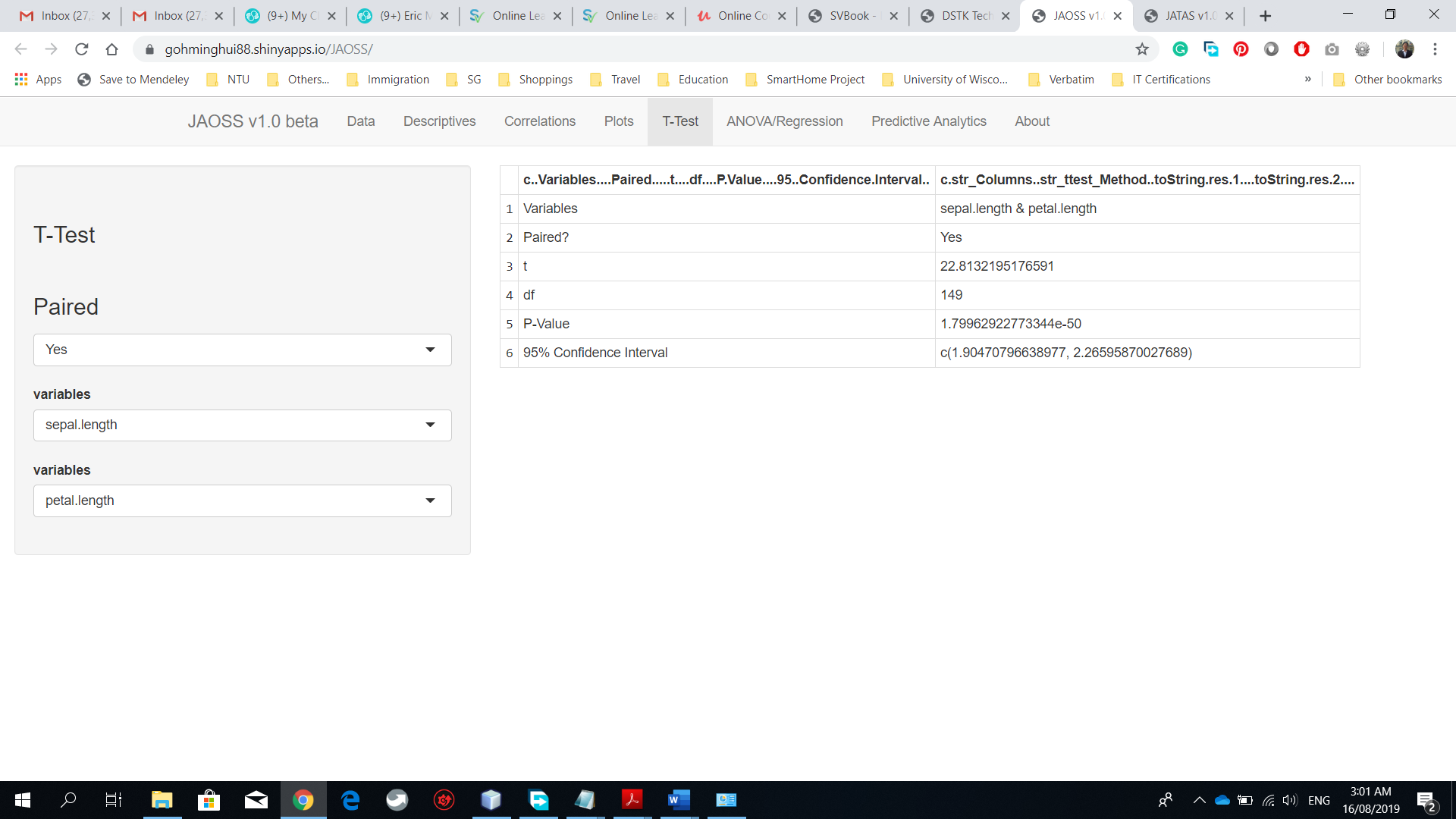
JAOSS - Just Another Online Statistical System. A simple statistical system with fairly sophisticated features such as descriptive statistics analysis, inferential statistics with ANOVA and T-Test, Predictive Analytics with Neural Network. The application is written in R and Shiny, with an aim in mind to provide online access to simplistic statistical system before proceed to advanced softwares such as SPSS or DSTK. This product is currently available as FREEware.
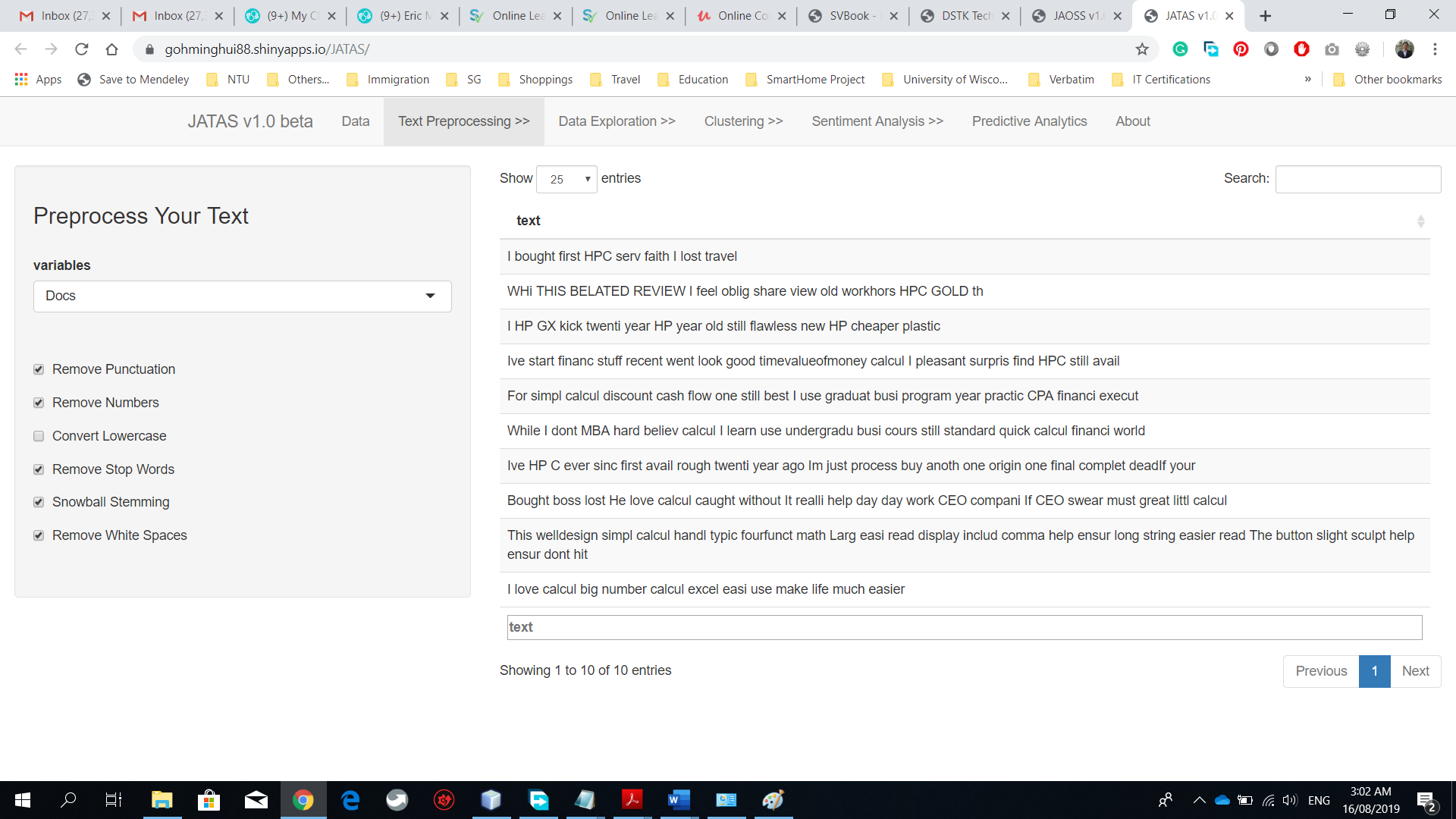
JATAS - Just Another Text Analysis System. A simple text analytics system with fairly sophisticated features such as text preprocessing (stemmer, stopwords...), Visualizations, and Predictive Analytics with SVM. The application is written in R and Shiny, with an aim in mind to provide online access to simplistic text analysis system before proceed to advanced softwares such as SPSS Modeler or DSTK. This product is currently available as FREEware..
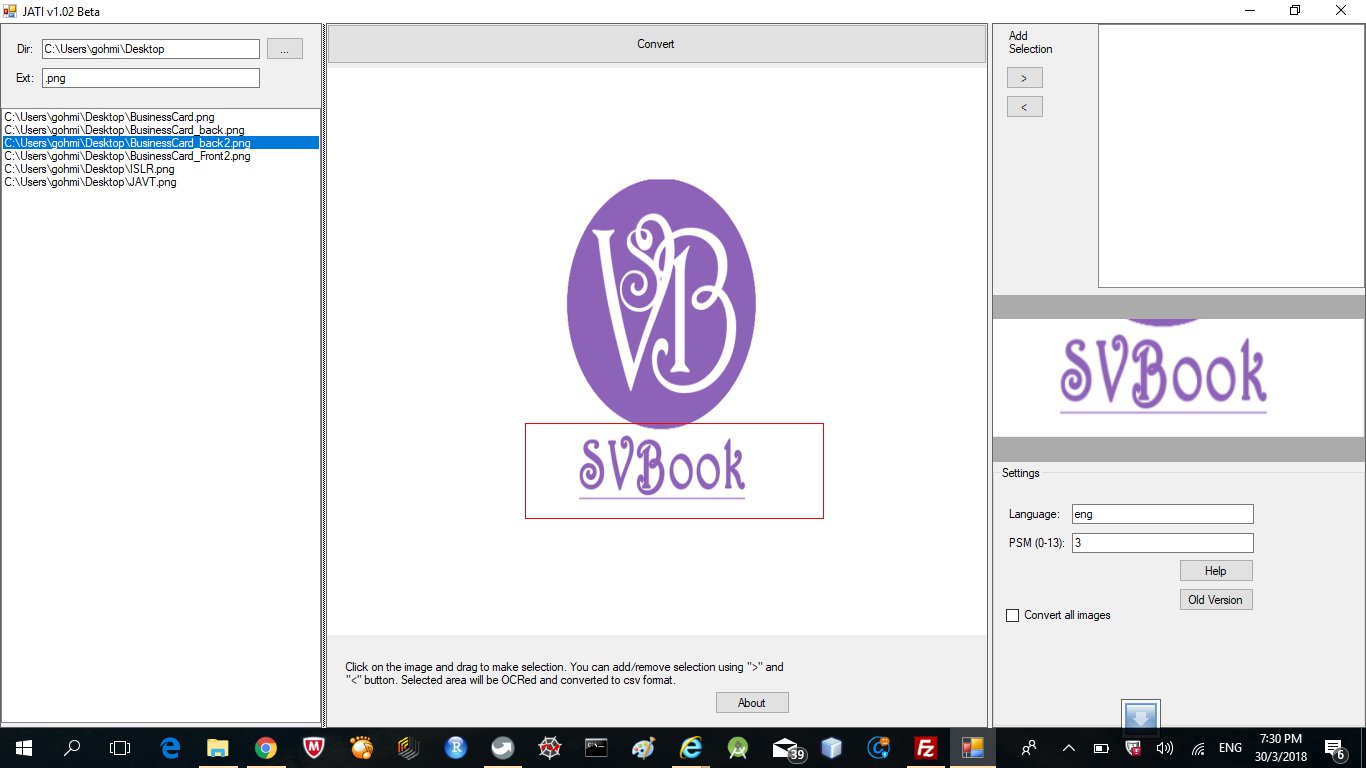
JATI is just another interface to the Tesseract OCR engine, providing GUI interface to convert an image to text. It can do batch conversion, including converting only portion of the image into text. This product is currently available as FREEware.
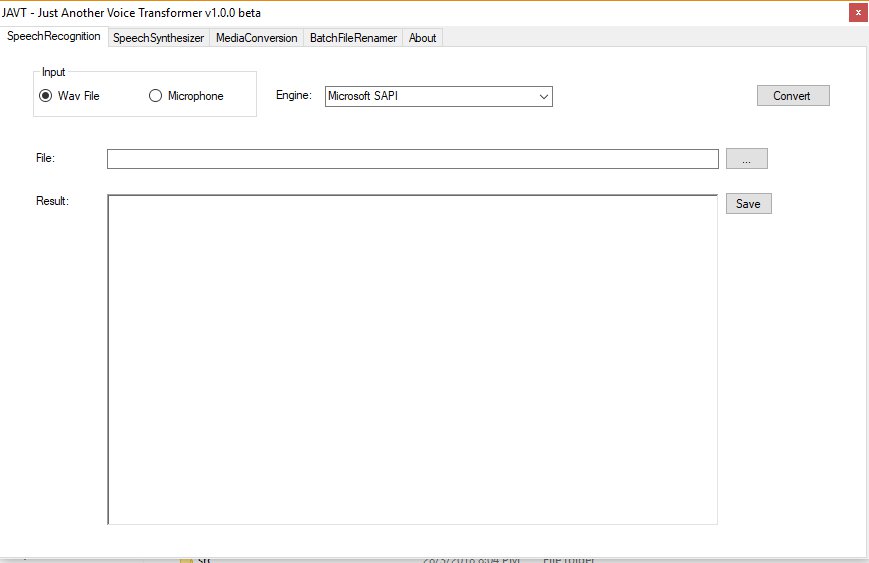
JAVT or Just Another Voice Transformer (formerly, it is called Just Another Video Transcriber) is a Speech Recognition software that also support text to Speech and simple media conversion. JAVT allows you to convert from video files to audio wav file using ffmpeg, and then transcribe the audio file to text using either Microsoft SAPI or CMU Sphinx. This product is currently available as FREEware..
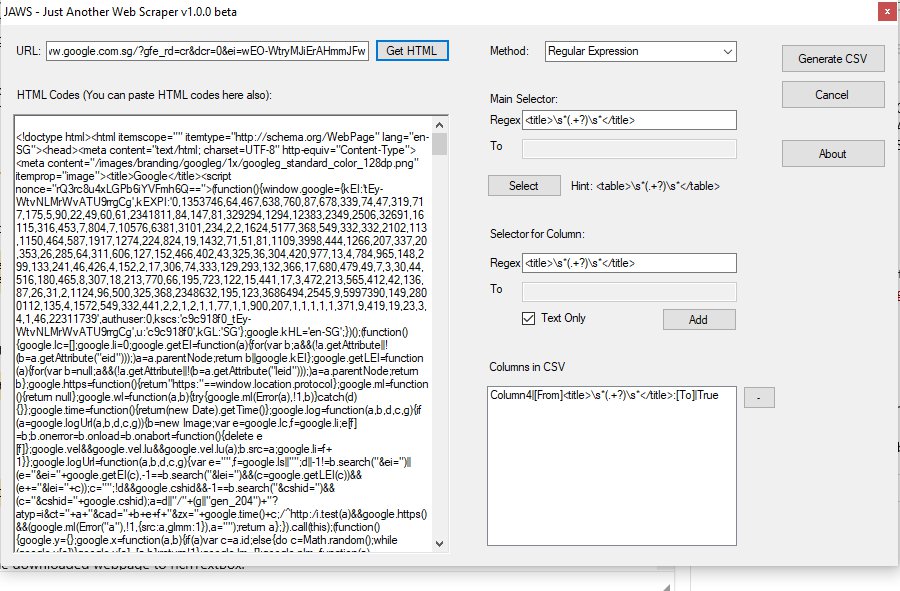
JAWS or Just Another Web Scraper, is part of the Data Scraping Softwares developed by SVbook, alongside JATI (Image to Text) and JAVT (Video to Text). JAWS offer easy interface to scrape data from the website using regular expression, text preprocessing, or HTML Agility Pack.This product is currently available as FREEware. Enjoy.
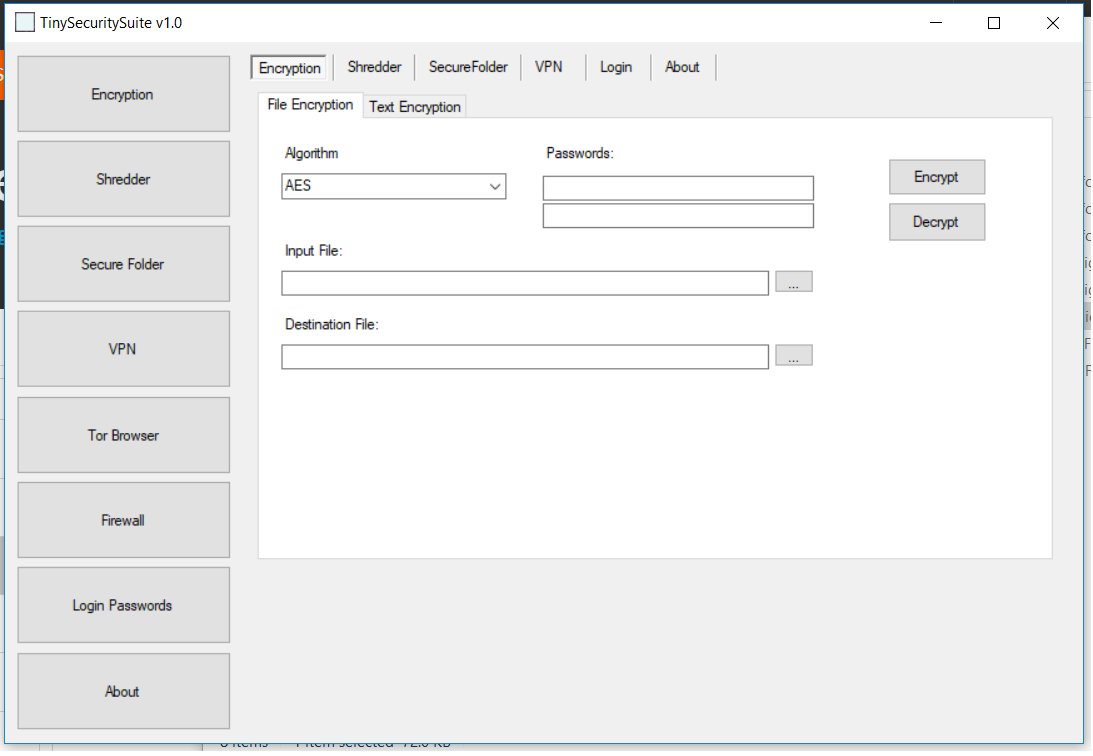
Tiny Security Suite contains of Encryption, Shredder, VPN, Folder Hidder, and Tor and Firewall. Tiny Security Suite will assist you in all the encryption, shredding, VPN, and Folder Hiding for your system security.

WriterHelper consist of WordNet Dictionary, WordNet Thesaurus, Plagiarism Checker, Encryption using TripleDES, DES, and AES. WriterHelper helps you to search for dictionary, Thesaurus using WordNet Dictionary, Encrypt Text using AES, DES, TripleDES, and Plagiarism Checking.

JAETL - Just Another ETL tool is a tiny and fast ETL tool to develop data warehouse. JAETL allows to Extract data from ARFF (Weka), CSV, and SQL, Transform the data with join, replace missing values, remove duplicates, mapping filtering, variable selection, and Load the data into SQL server and export to CSV and ARFF.
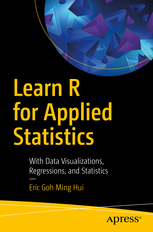
Gain the R programming language fundamentals for doing the applied statistics useful for data exploration and analysis in data science and data mining. This book covers topics ranging from R syntax basics, descriptive statistics, and data visualizations to inferential statistics and regressions. After learning R’s syntax, you will work through data visualizations such as histograms and boxplot charting, descriptive statistics, and inferential statistics such as t-test, chi-square test, ANOVA, non-parametric test, and linear regressions.
Contents
1. Discover R, statistics, data science, data mining, and big data
2. Master the fundamentals of R programming, including variables and arithmetic, vectors, lists, data frames, conditional statements, loops, and functions
3. Descriptive Statistics (Standard Deviation, Percentile, ...)
4. Create data visualizations, including bar charts, line charts, scatter plots, boxplots, histograms, and scatterplots (basic R plots, ggplot2)
5. Use inferential statistics including t-tests, chi-square tests, ANOVA, non-parametric tests, linear regressions, and multiple linear regressions
6. Conclusion
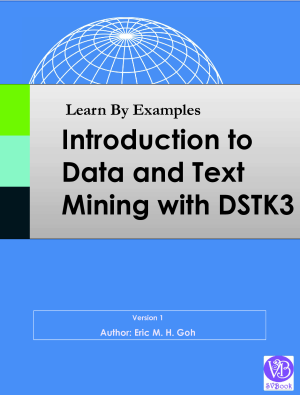
We have develop our own Data and Text Mining software at DSTK.Tech. This technical book aim to equip the reader with Data and Text Mining fundamentals in a fast and practical way using our DSTK - Data Science ToolKit 3 software. There will be many examples and explanations that are straight to the point.
Contents
1. Introduction
2. Getting Started
3. DSTK ScripWriter Essentials
4. DSTK Studio Essentials
5. DSTK Text Explorer Essentials
6. Conclusion
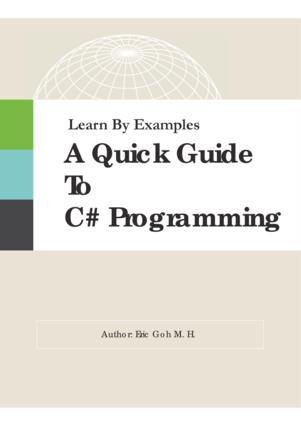
This technical book aim to equip the reader with Python programming fundamentals in a fast and practical way. There will be many examples and explanations that are straight to the point. You will develop your own Python programs for Data Mining application.
Contents
1. Introduction
2. Language Essentials I (Variables, Lists, ...)
3. Language Essentials II (Loops, Conditions, ...)
4. OBject Essentials (Modules, Objects and Classes, ...)
5. Data Mining walkthrough with Python (Pandas, Scikit Learn, ...)
6. Conclusion
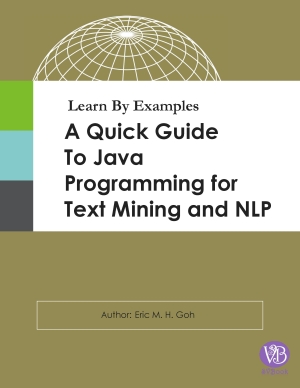
This technical book aim to equip the reader with Java programming, Text Mining, and Natural Language Processing fundamentals in a fast and practical way. There will be many examples and explanations that are straight to the point. You will develop your own Text Mining Application at the end of the book.
Contents
1. Introduction
2. Getting Started (Installing IDE, ...)
3. Language Essentials I (variables, data types, ...)
4. Language Essentials II (loops, if... else..., methods)
5. Object Essentials (classes, inheritance, polymorphism, encapsulation, ...)
6. Text Mining Essentials (Import Text Files, Text Transformation (lowercase, stopwords), Text Understanding (Stanford NLP), Text Classification (Stanford Classifier) )
7. Conclusion
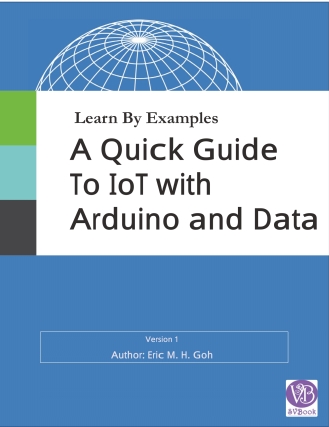
This technical book aim to equip the reader with Arduino programming fundamentals in a fast and practical way. There will be many examples and explanations that are straight to the point. You will develop your own Arduino Projects for Internet of Things at the end of the book.
Contents
1. Introduction
2. Basics (IoT, Data Science, Product Design...)
3. Arduino Programming (Variables, Arrays, ...)
4. Digital and Analog I/O (incld. sensors data prediction with regression)
5. Arduino Projects (Servos, DC, IoT)
6. Conclusion

This technical book aim to equip the reader with C# programming (C Sharp Programming) fundamentals in a fast and practical way. There will be many examples and explanations that are straight to the point. You will develop your own C# programs such as web browser at the end of the book.
Contents
1. Introduction
2. Language Essentials I (Variables, Arrays, ...)
3. Language Essentials II (Loops, Conditions, ...)
4. OBject Essentials (Polymorphism, Inheritance, ...)
5. GUI Design and Labs
6. Conclusion
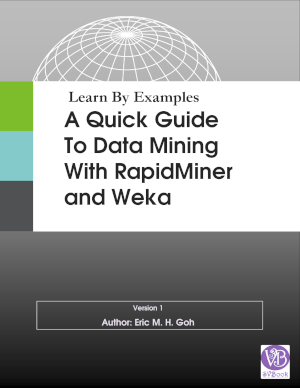
This technical book aim to equip the reader with RapidMiner and Weka, Data Mining in a fast and practical way. There will be many examples and explanations that are straight to the point.
Contents
1. Introduction (What is data science, what is data mining, CRISP DM Model, what is text mining, three types of analytics, big data)
2. Getting Started (INstall Weka and RapidMiner)
3. Prediction and Classification (Prediction and Classification)
4. Machine Learning Basics (KMeans Clustering, Decision Tree, Naive Bayes, KNN, Neural Network)
5. Data Mining with Weka (Data Understanding using Weka, Data Preparation using Weka, Model Building and Evaluation using Weka)
6. Data Mining with RapidMiner (Data Understanding using RapidMiner, Data Preparation using RapidMiner, Model Building and Evaluation using RapidMiner)
7. Conclusion

This technical book aim to equip the reader with Weka, Data Mining in a fast and practical way. There will be many examples and explanations that are straight to the point.
Contents
1. Introduction (What is data science, what is data mining, CRISP DM Model, what is text mining, three types of analytics, big data)
2. Getting Started (INstall Weka and RapidMiner)
3. Prediction and Classification (Prediction and Classification)
4. Machine Learning Basics (KMeans Clustering, Decision Tree, Naive Bayes, KNN, Neural Network)
5. Data Mining with Weka (Data Understanding using Weka, Data Preparation using Weka, Model Building and Evaluation using Weka)
6. Java interact Weka (Use Java to use Weka, in order to develop your own prediction or classification system)
7. Conclusion
Question?
Singapore